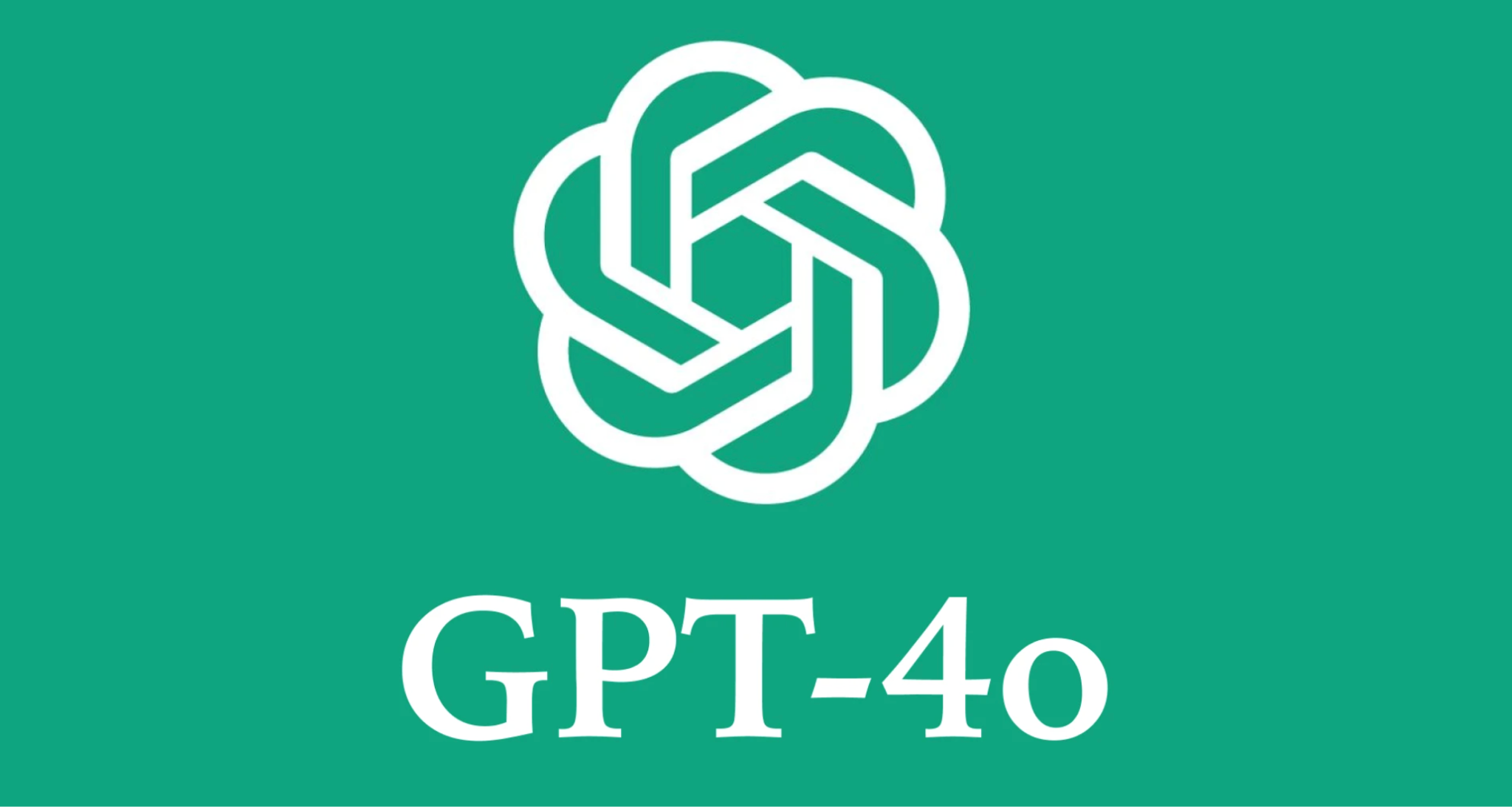OpenAI’s GPT-4o

- 14 May 2024
Why is it in the News?
OpenAI introduced its latest large language model (LLM) called GPT-4o recently, billing it as its fastest and most powerful AI model so far.
What is GPT-4o?
- GPT-4o (“o” stands for “Omni”) is a revolutionary AI model by OpenAI, which has been developed to enhance human-computer interactions.
- It lets users input any combination of text, audio, and image and receive responses in the same formats.
- This makes GPT-4o a multimodal AI model – a significant leap from previous models.
- GPT-4o is like a digital personal assistant that can assist users with a variety of tasks.
- From real-time translations to reading a user’s face and having real-time spoken conversations, this new model is far ahead of its peers.
- GPT-4o is capable of interacting using text and vision, meaning it can view screenshots, photos, documents, or charts uploaded by users and have conversations about them.
- The new updated version of ChatGPT will also have updated memory capabilities and will learn from previous conversations with users.
What is the technology behind GPT-4o?
- LLMs are the backbone of AI chatbots. Large amounts of data are fed into these models to make them capable of learning things themselves.
- A large language model (LLM) is a computer program that learns and generates human-like language using a transformer architecture trained on vast text data.
- Large Language Models (LLMs) are foundational machine learning models that use deep learning algorithms to process and understand natural language.
- These models are trained on massive amounts of text data to learn patterns and entity relationships in the language.
- LLMs can perform many types of language tasks, such as translating languages, analyzing sentiments, chatbot conversations, and more.
- They can understand complex textual data, identify entities and relationships between them, and generate new text that is coherent and grammatically accurate.
What are GPT-4o’s limitations and safety concerns?
- GPT-4o is still in the early stages of exploring the potential of unified multimodal interaction, meaning certain features like audio outputs are initially accessible in a limited form only, with preset voices.
- Further development and updates are necessary to fully realise its potential in handling complex multimodal tasks seamlessly.
- Regarding safety, GPT-4o comes with built-in safety measures, including “filtered training data and refined model behaviour post-training”.
